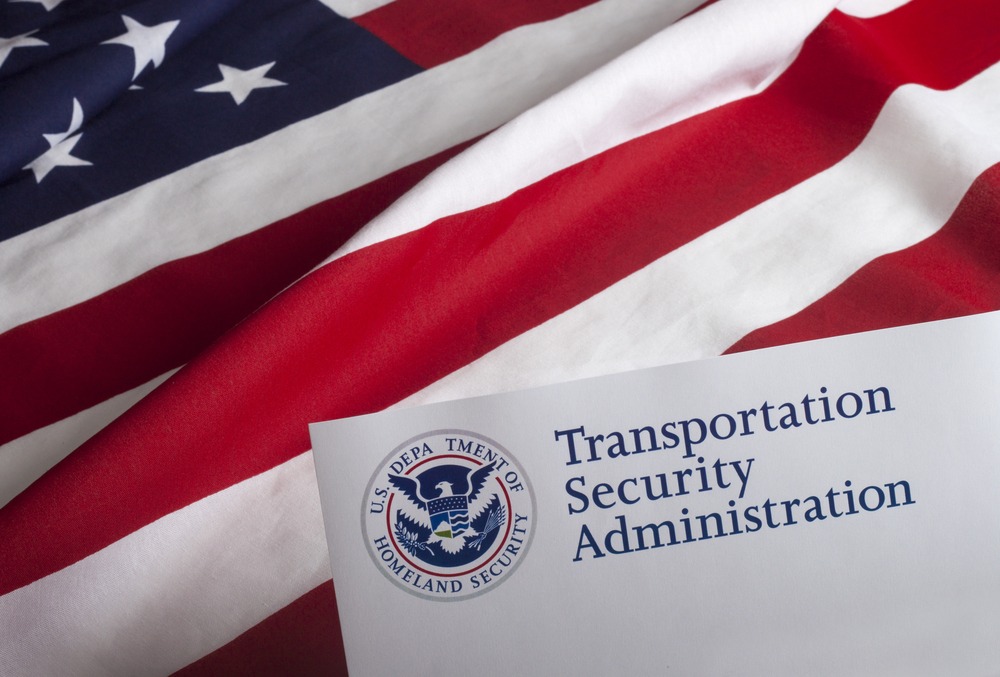
A new study from the U.S. Government Accountability Office (GAO) focused on the Transportation Security Administration (TSA), determining that the administration is both improving its sharing of information and the utilization of data for staffing and monitoring.
The TSA screens over 2 million passengers daily and employs around 43,000 people, according to the GAO. Given the extensive screening checkpoint lines faced in spring 2016, the GAO sought to investigate TSA’s process for allocations transportation security officers (TSOs) to airports. They focused, therefore, on how the TSA modifies staffing assumptions and tailors its staffing levels accordingly, how it monitors wait times and adjusts, and how TSA then shares this info with its stakeholders.
GAO reviewed data from January 2015 to May 2017 and visited eight airports chosen for their passenger volumes and other factors, consequently interviewing TSA officials and stakeholders alike. What they found that the TSA has, for one thing, taken steps to improve its information sharing efforts with airline and airport officials alike. Most, they said, have been increasingly satisfied by this, though some have observed different types and extent of info being shared.
They also determined that the TSA modifies its staffing assumptions used in its computer-based staffing model and adjusts staffing levels to fit airport needs.
“For example, TSA adjusted its model after contractor evaluations conducted in fiscal years 2016 and 2017 found that transportation security officers (TSO) needed more time to screen passengers and their baggage when using one type of screening equipment,” the GAO reported.
They adapted, however, when the long wait times hit in 2016, and began to use actual expedited screening data specific to each airport rather than relying on its system-wide estimates used previously. They then utilize additional info to further allocate the appropriate staff to each serviced airport.
They use data to monitor passenger wait times and throughput as well and are required to report to their Airport Operations Center when problems occur that impact screening operations. GAO found that, despite the increased wait times seen, TSA’s reported wait times still met its standard of fewer than 30 minutes in standard screening 99 percent of the time, and the TSA officials identified a number of tools they use to respond to such increases.
As a result, the GAO report made no further recommendations for the TSA.